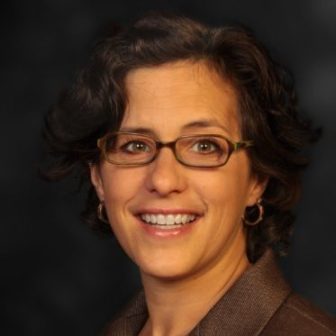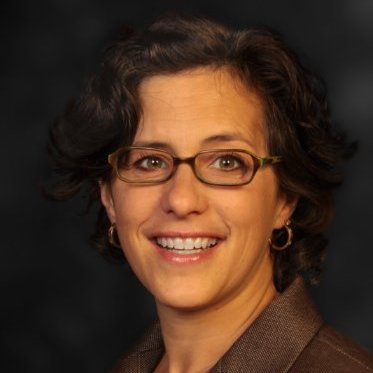WASHINGTON — States soon may face stricter rules in order to demonstrate they are protecting juveniles in custody.
Federal officials have proposed new compliance standards for states to show they keep juveniles out of adult facilities; ensure that when juveniles must be in such facilities, they are separated from adult inmates; and do not lock up status offenders.
States would have to clear a numerical threshold, meaning officials won’t have the leeway they’ve traditionally had to show they are meeting the requirements, key components of the Juvenile Justice and Delinquency Prevention Act.
Now, even when states are not 100 percent in compliance, officials can point to recently enacted state laws that should remedy the situation or a plan for improvement.
Under the new threshold, 48 states would be out of compliance with at least one of the three requirements, based on 2013 data, the proposed rule notes. Compliance is tied to receiving federal grants.
While states may risk losing funding in the short term, the Office of Juvenile Justice and Delinquency Prevention would provide training and technical assistance to states and localities to help them meet the requirements before the changes take effect, according to the proposed rule.
“Ultimately, the desired outcome would be that fewer at-risk youth would be placed or detained in juvenile facilities, resulting in reduced operational costs for the facilities, and redirecting these savings for additional programing and services for youth at their earliest involvement with the juvenile justice system,” officials wrote.
The proposed rule, which was published Monday in the Federal Register, comes with a 60-day comment period. States and other interested parties are likely to weigh in with detailed comments about how the proposal would work in the field.

Naomi Smoot
Naomi Smoot, senior policy associate at the Coalition for Juvenile Justice, a group that represents juvenile justice advisory groups in states, said she’s pleased to see movement on long-awaited updates to the JJDPA regulations. During the next two months, the group will develop a clearer picture of how the new standards would affect states, she said.
“Each state has its own needs and its own unique situation, so we want to make sure it’s best for the states and best for the kids,” she said.
More broadly, Smoot said the new proposal could help keep the need for federal action on juvenile justice at the forefront of policymakers’ minds. A reauthorization of JJDPA stalled in the Senate earlier this year, but advocates still are hopeful for action in the limited time left on the legislative calendar this fall.
“We hope this can be a positive sign for JJDPA movement,” she said.
The law was last reauthorized in 2002, and federal funding for juvenile justice has declined since then.
New methodology
The proposed rule sets out a methodology that would set compliance rates based on the highest-performing states. Ultimately, to be in compliance, states would have to report zero instances of noncompliance with the separation requirement but would have some room for error in the status offender and jail removal requirements.

Mark Soler
Mark Soler, executive director of the Center for Children’s Law and Policy, said the proposal strikes the right balance.
“We would like to see 100 percent compliance, but we have to understand things arise. Pegging compliance to the states that do best makes a lot of sense,” he said.
The proposed rule also requires that states report compliance data for 100 percent of facilities. That requirement could prove the tougher hurdle, especially in big states with many jurisdictions and facilities, Soler said.
“I think it can be done, but I think that will be harder for the states to do,” he said.
The proposed rule also would codify a five-step process states are already using to try to root out racial and ethnic disparities in the juvenile justice system. The requirement that states track and address what’s known as disproportionate minority contact is the fourth core requirement of the JJDPA.
Soler said states are likely to need the most assistance to go beyond tracking DMC data to actually intervening and monitoring improvements.
“We’re going to need several years of enhanced training and technical assistance to meet the spirit of what OJJDP is going for,” he said.
Give up funding?
One question that accompanies stricter rules from OJJDP is whether any states will choose to opt out of receiving grants, rather than come into compliance.

Marcy Mistrett
Marcy Mistrett, CEO of the Campaign for Youth Justice, said there’s a balance between wanting states to perform well and recognizing how much federal juvenile justice funding has decreased during the last decade.
“We want states to be accountable and in compliance, but that has to be checked against state resources,” she said.
But when states do have the resources they need, they can make major changes, pointing to the need for adequate funding, she added.
The proposed rule outlines how much states have improved on the core requirements, such as reducing the number of detained status offenders by 99.9 percent, the number of juveniles in adult jails or lockup by 99.8 percent, and the number of juveniles who have contact with adult inmates by 99.9 percent.
“When states are given the tools and expectations to treat children like children, they do so with tremendous success,” she said.
